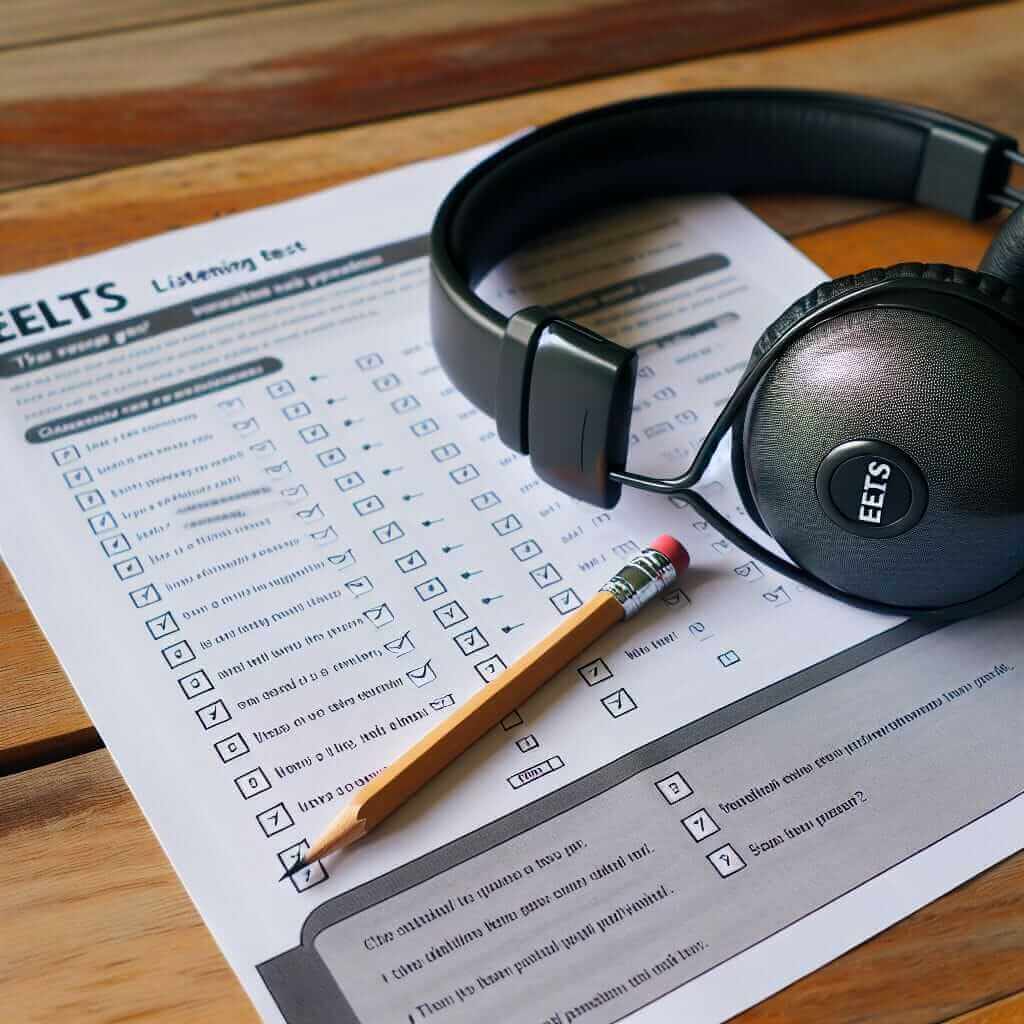Understanding the IELTS Listening Test Format
The IELTS Listening test is designed to assess your ability to understand spoken English in a variety of contexts. It is divided into four sections, each with 10 questions, making a total of 40 questions. The audio recordings feature a range of accents and speaking styles, reflecting real-life situations you might encounter in an English-speaking environment.
One crucial aspect of the IELTS Listening test that often causes anxiety among test-takers is understanding how the audio is played. Knowing what to expect can significantly impact your performance.
Unveiling the Audio Playback: One Chance to Listen
In the IELTS Listening test, the recording is played only once. This means you have one opportunity to listen to the audio, understand the information, and answer the questions simultaneously. There are no repeats or second chances to catch missed details.
Why a Single Playback?
The single playback format serves several purposes:
- Reflects Real-Life Situations: In everyday conversations, you don’t have the luxury of rewinding what someone has said. The IELTS Listening test aims to mirror this reality.
- Tests Active Listening Skills: It compels you to engage actively with the audio, focusing on understanding the context, identifying keywords, and note-taking efficiently.
- Evaluates Concentration and Comprehension: By playing the recording only once, the test assesses your ability to concentrate under pressure and comprehend information in real-time.
Tips to Master the One-Time Playback Challenge
While the single playback might seem daunting, here are some effective strategies to help you excel:
-
Utilize the Preparation Time Wisely: Before each section begins, you are given some time to preview the questions. Use this time strategically to:
- Read the instructions carefully.
- Scan the questions and identify keywords.
- Anticipate the type of information you need to listen for.
-
Develop Active Listening Skills: Practice listening to English audio regularly, focusing on understanding the overall meaning rather than just individual words. Pay attention to:
- Signposting Language: Speakers often use specific phrases to guide listeners, like “Firstly,” “On the other hand,” or “To sum up.”
- Changes in Tone and Intonation: These can indicate important points or shifts in the conversation.
- Paraphrasing: Speakers might express the same idea using different words.
-
Effective Note-Taking: Develop a personalized note-taking system that works best for you. Use abbreviations, symbols, and keywords to jot down essential information quickly.
-
Practice Under Exam Conditions: Familiarize yourself with the test format by taking practice tests under timed conditions. This will help you build your concentration and manage your time effectively.

Example from an IELTS Listening Test
Imagine a Section 1 conversation about booking a hotel room. While listening, you might encounter a question like:
What type of room does the man request?
- A) Single room
- B) Double room
- C) Suite
As the recording plays, you’d need to listen attentively for keywords like “room type,” “single,” “double,” or “suite.” The answer might not be stated directly but could be implied through the conversation.
Conclusion
The IELTS Listening test’s single playback format is undoubtedly challenging, but with focused preparation and practice, you can master the art of active listening and achieve your desired score. Remember to utilize the preparation time wisely, develop effective note-taking techniques, and familiarize yourself with the test format through consistent practice. By embracing these strategies, you’ll be well-equipped to confidently tackle the IELTS Listening test and demonstrate your English comprehension skills.